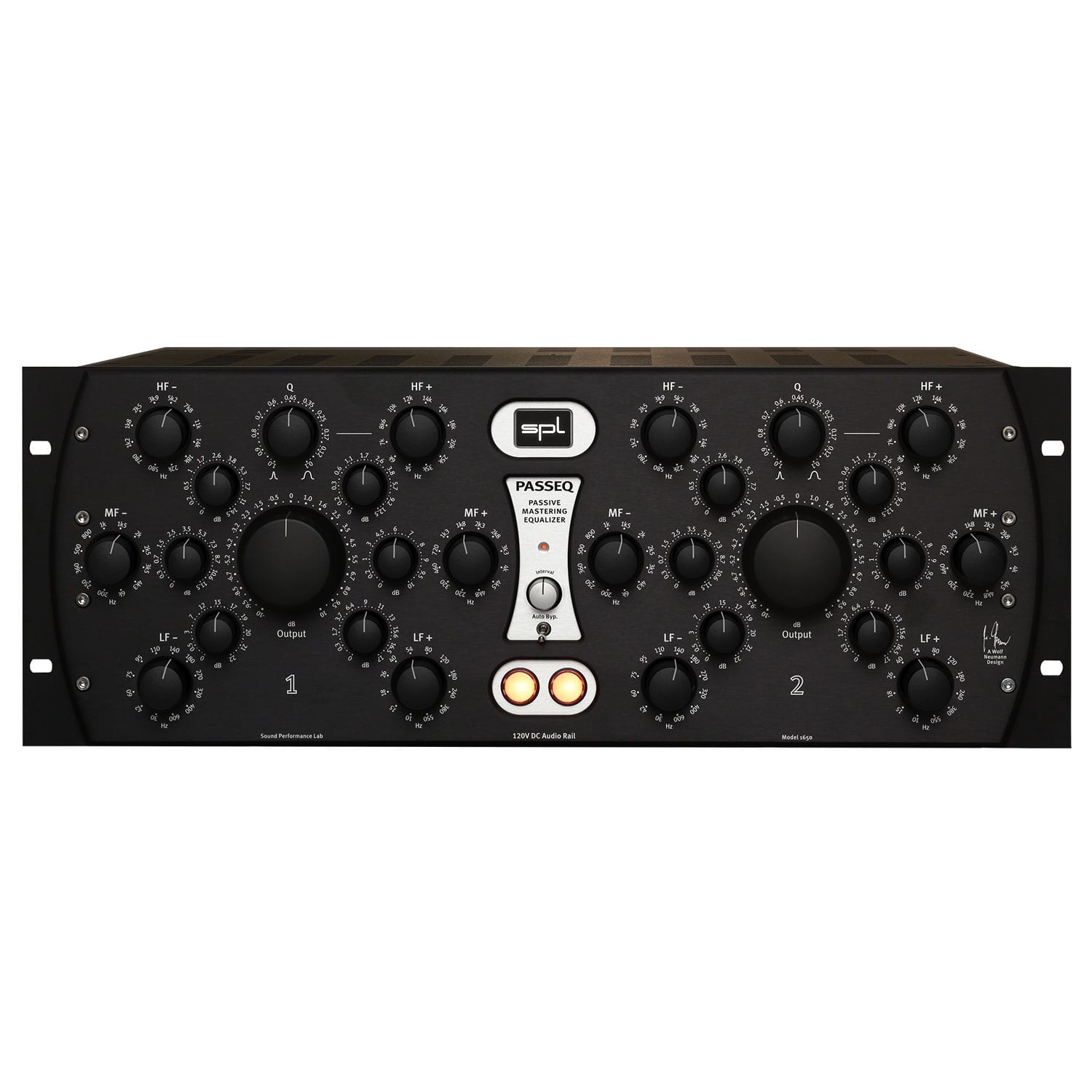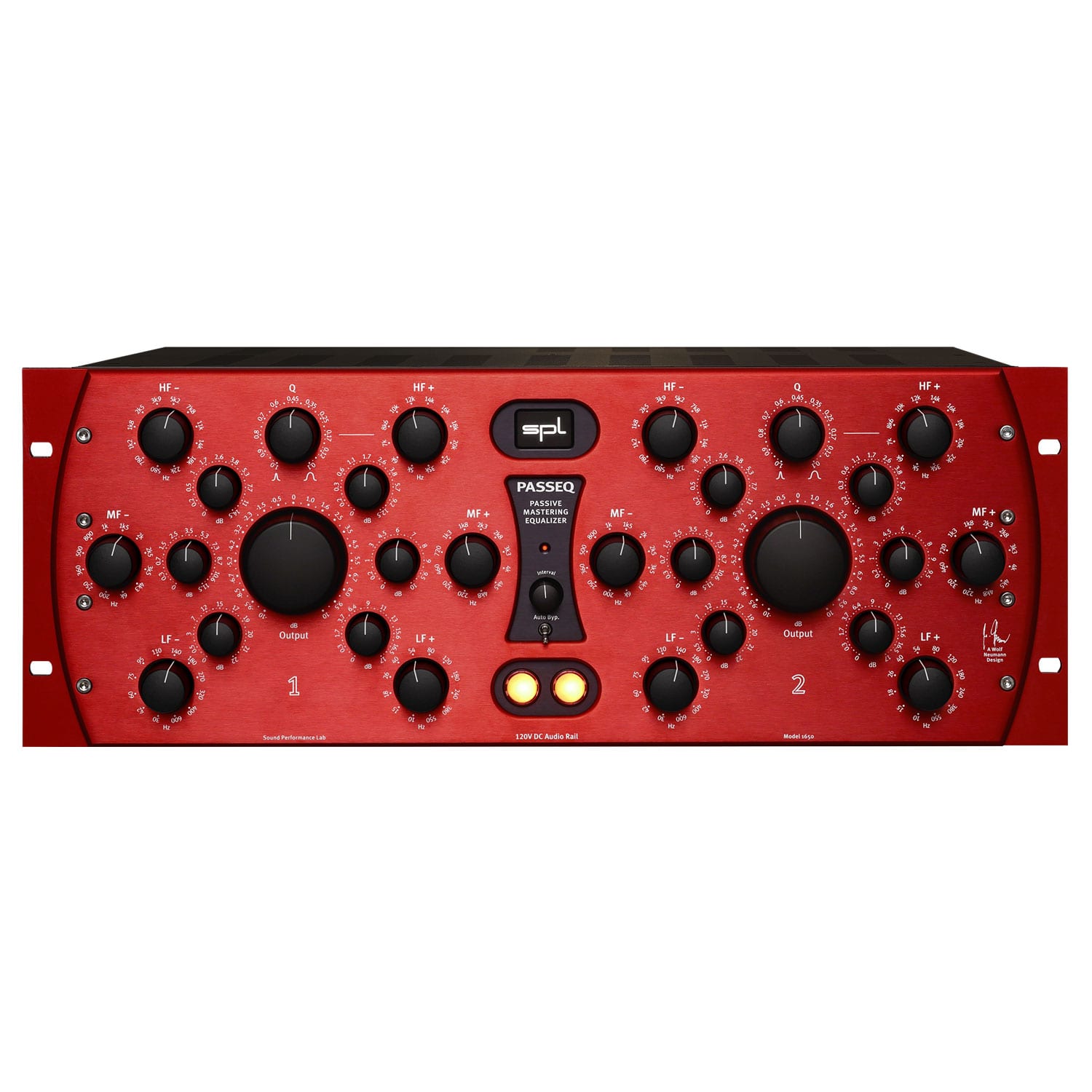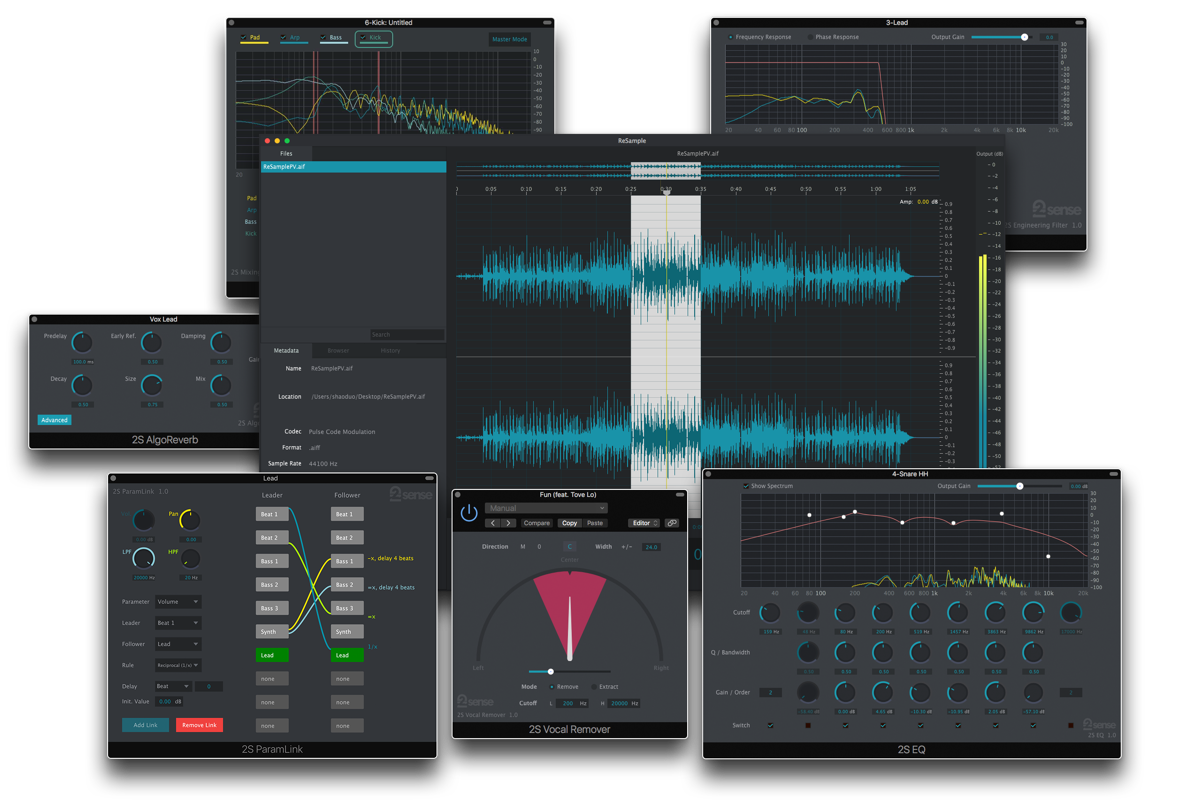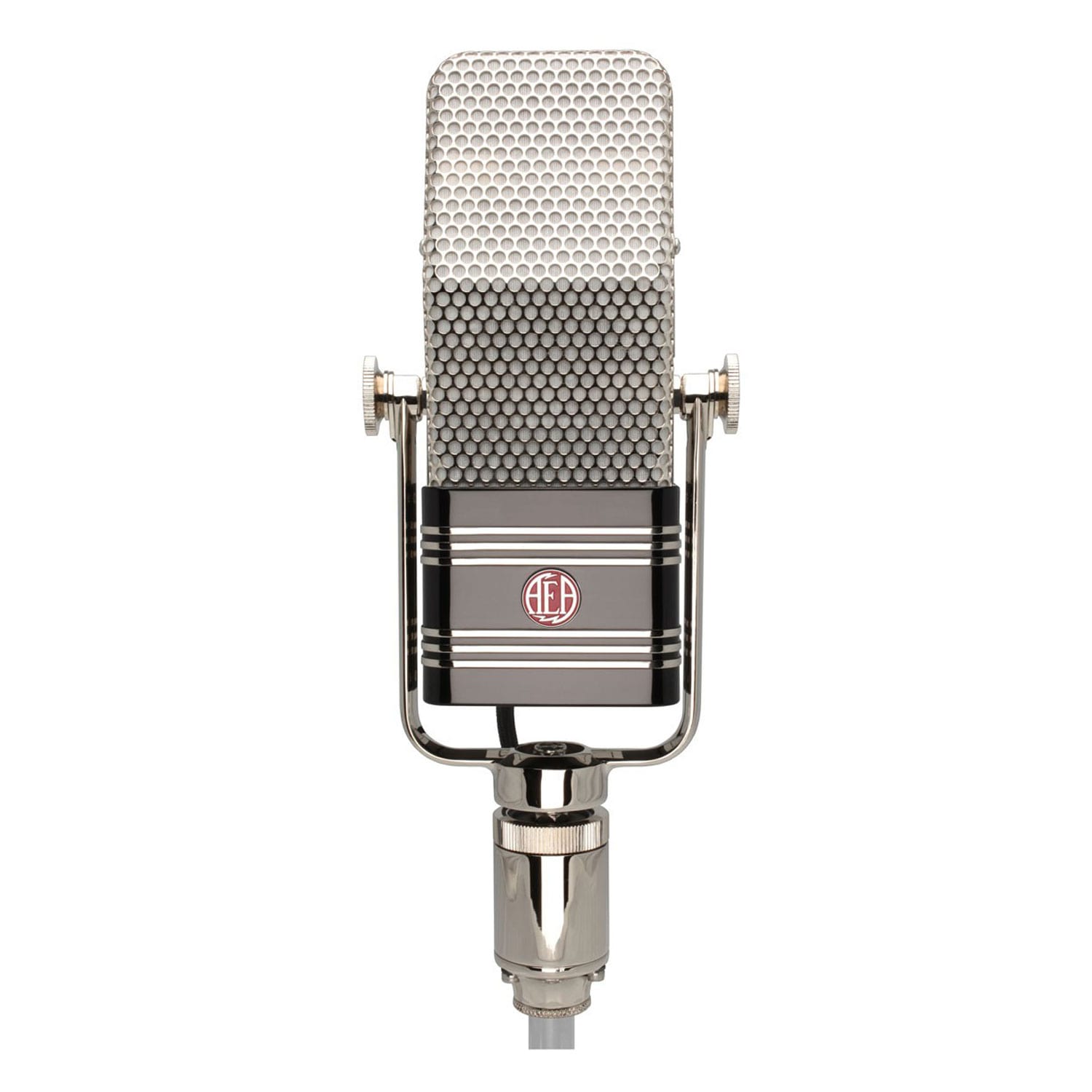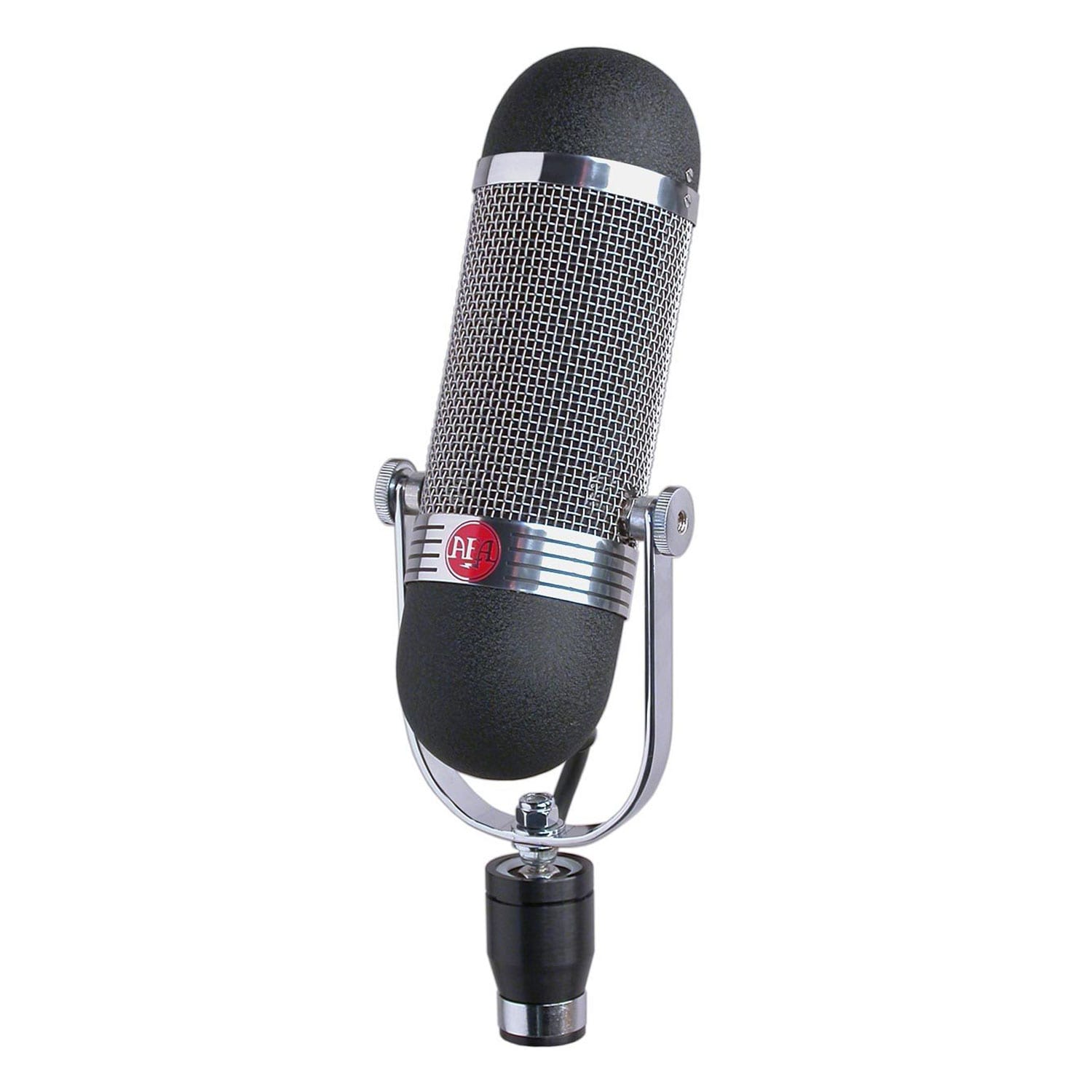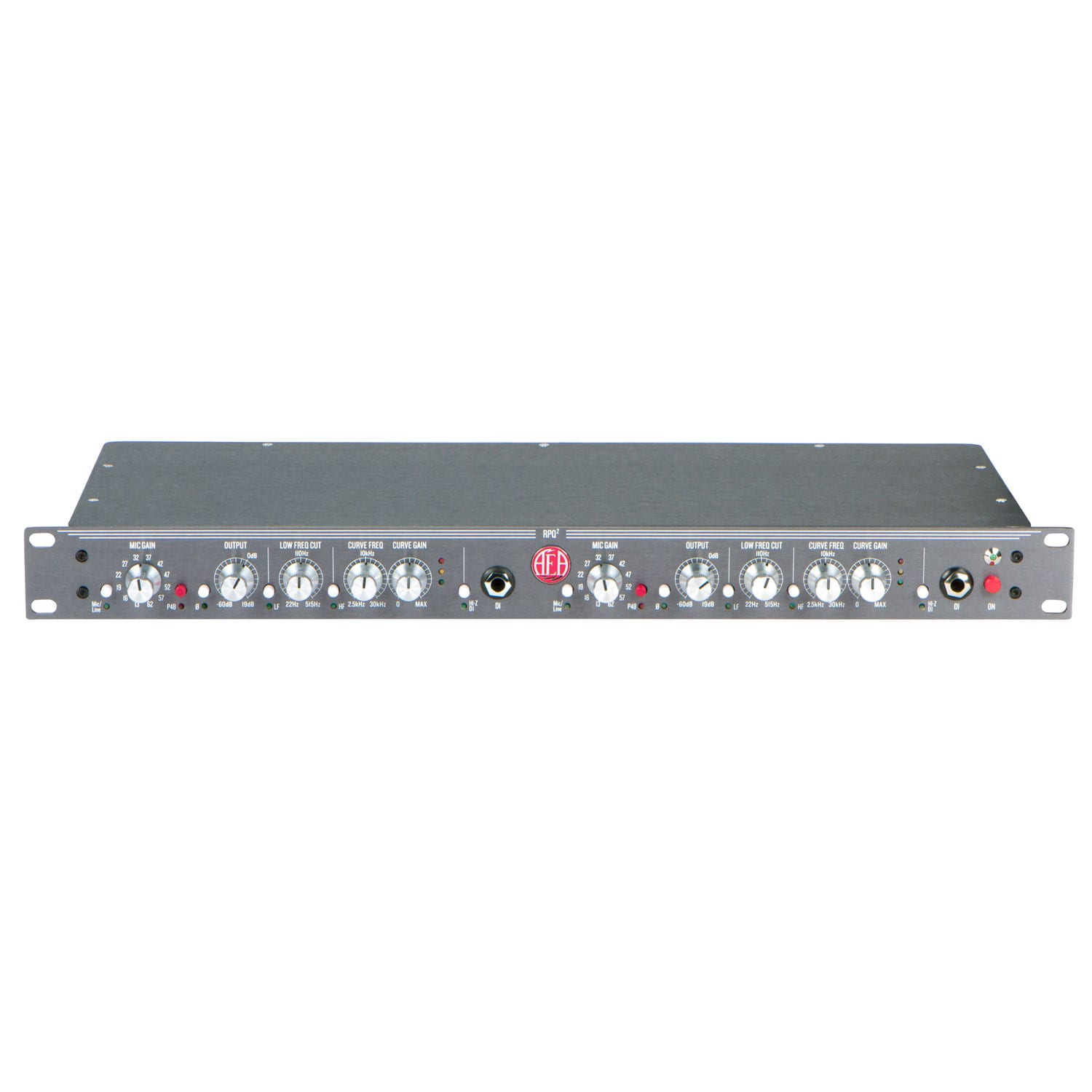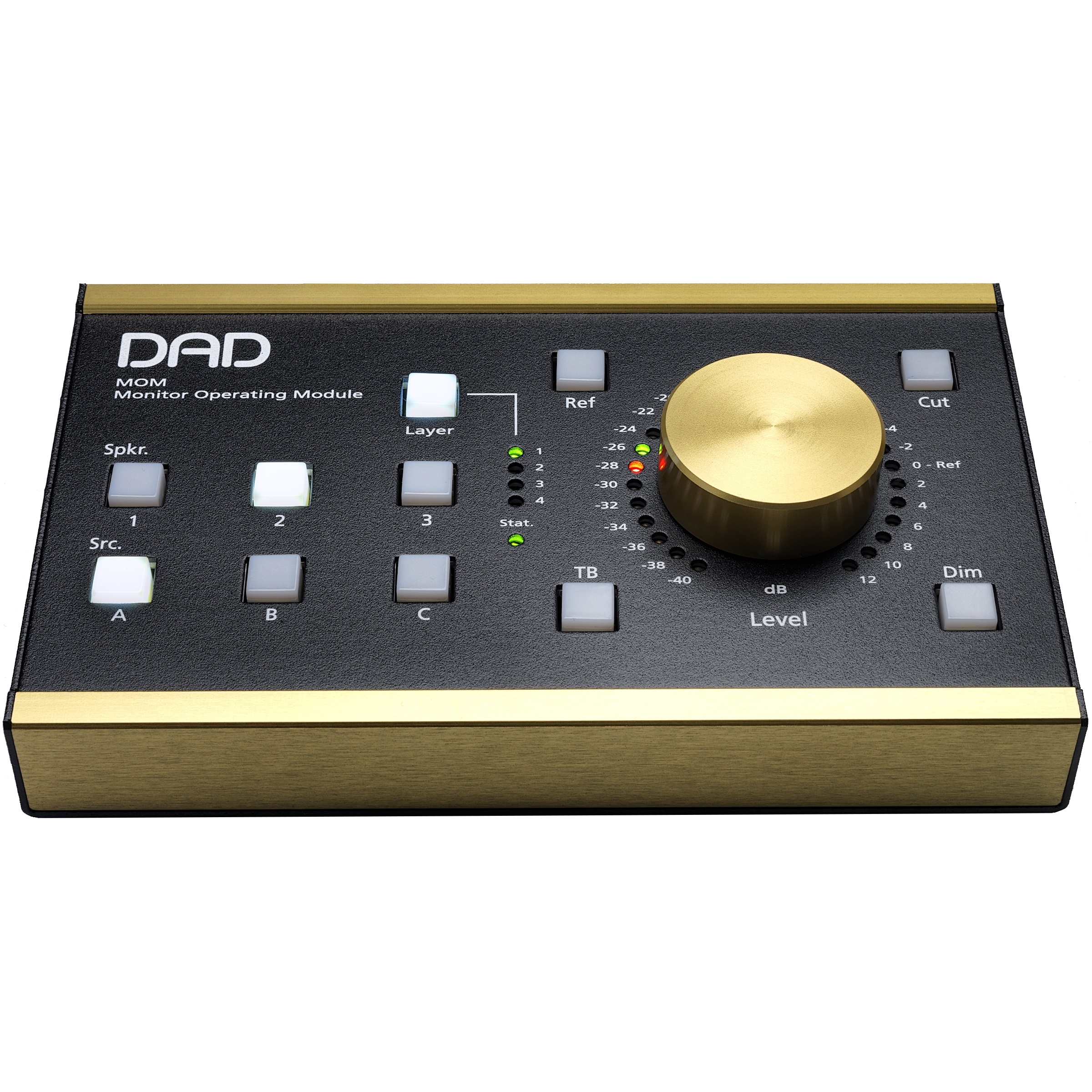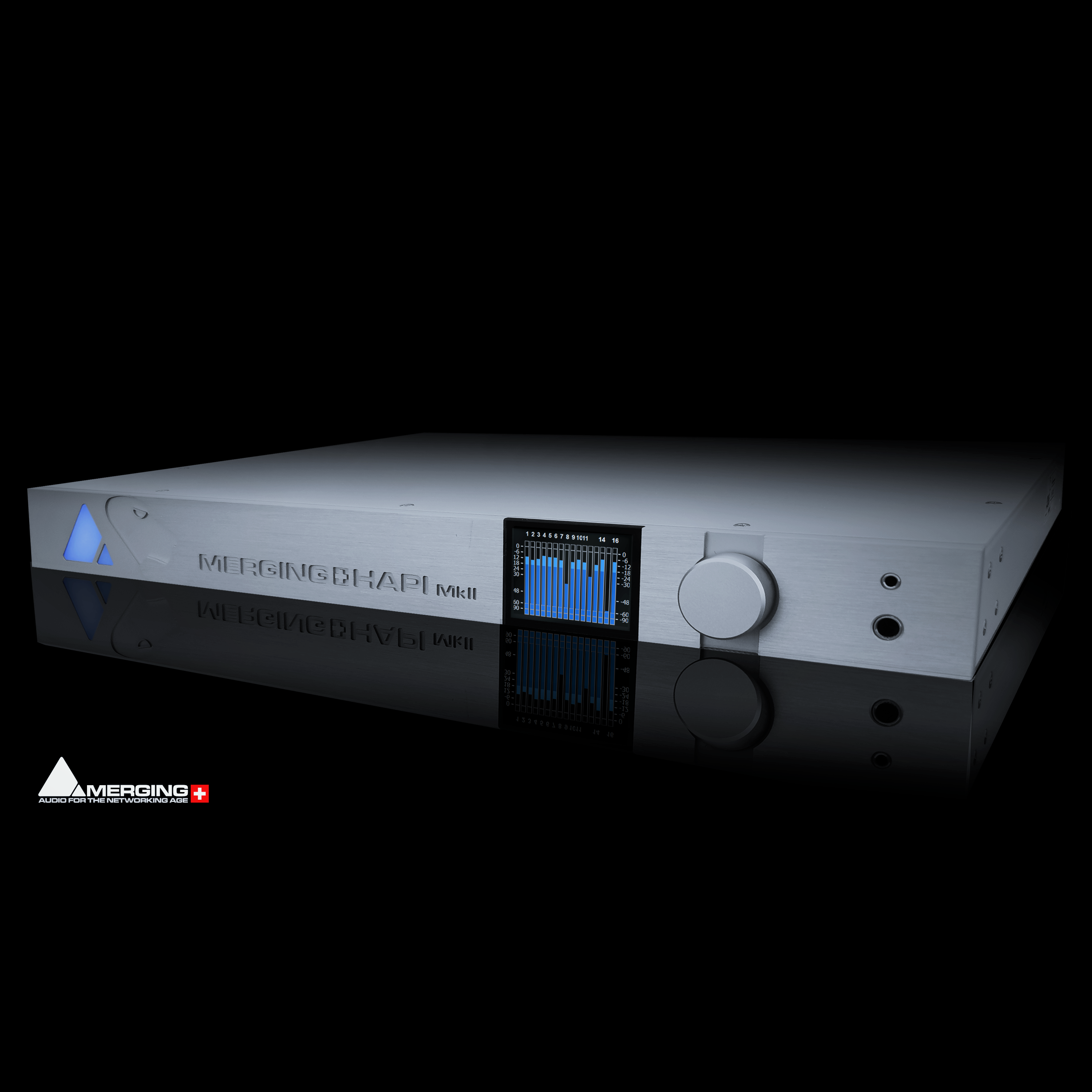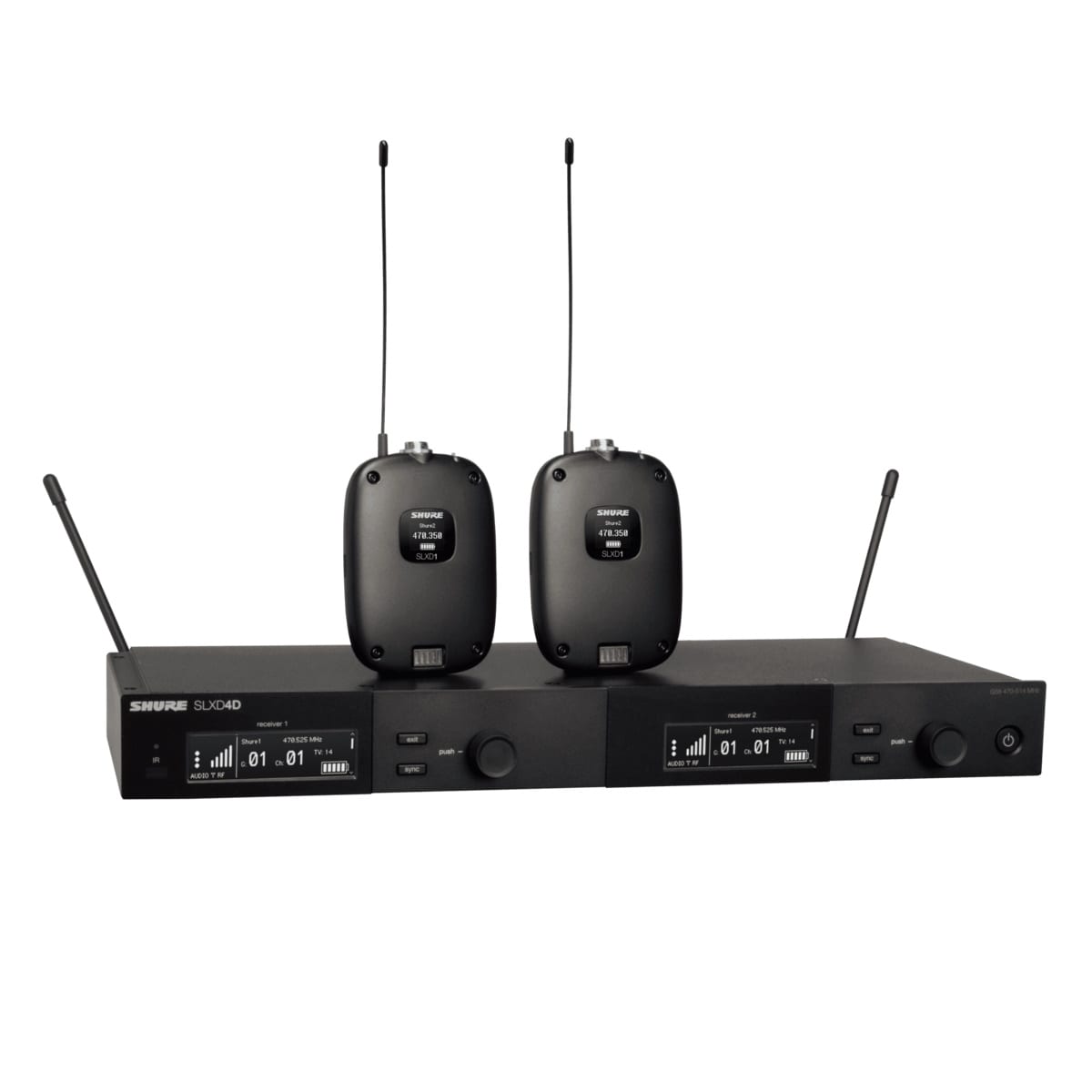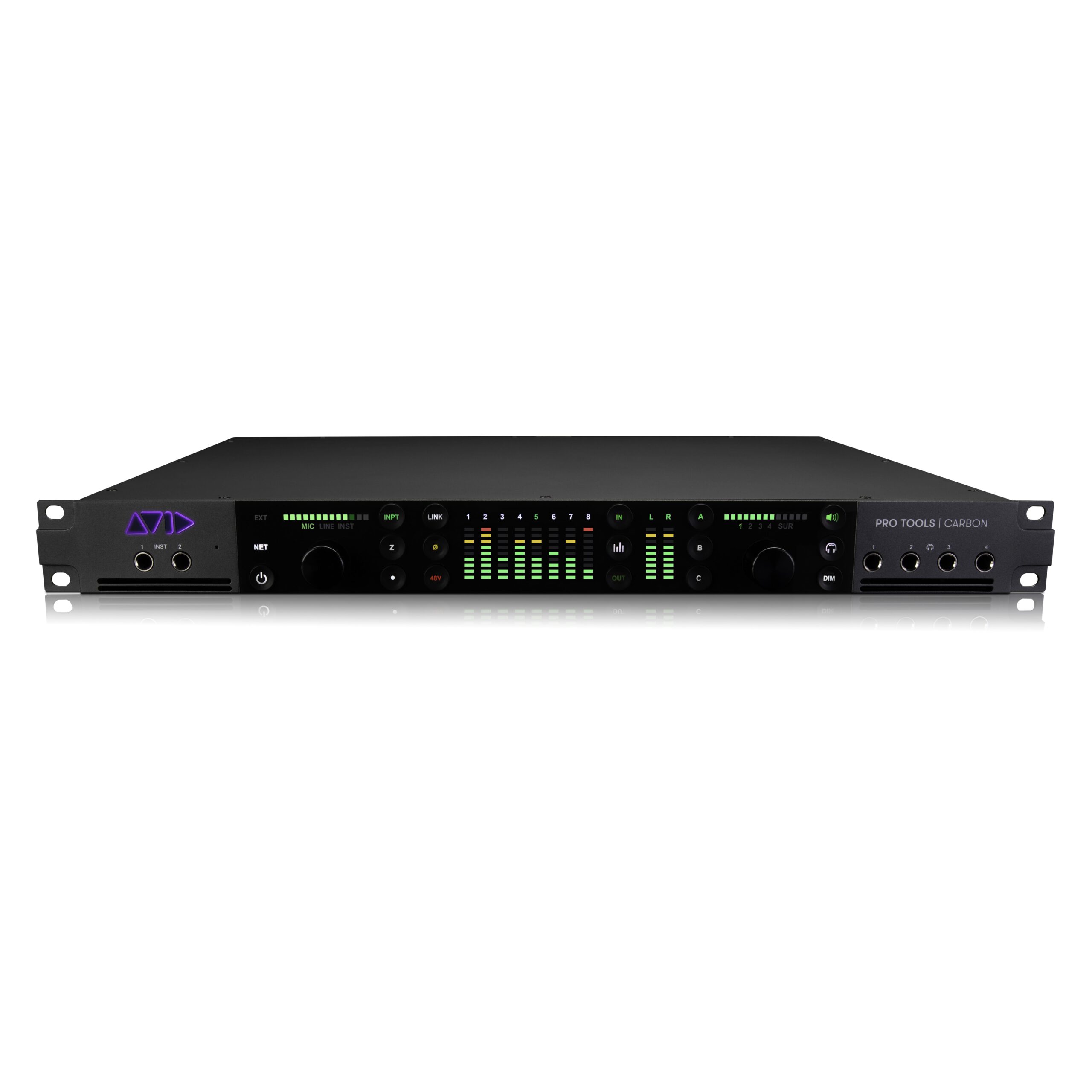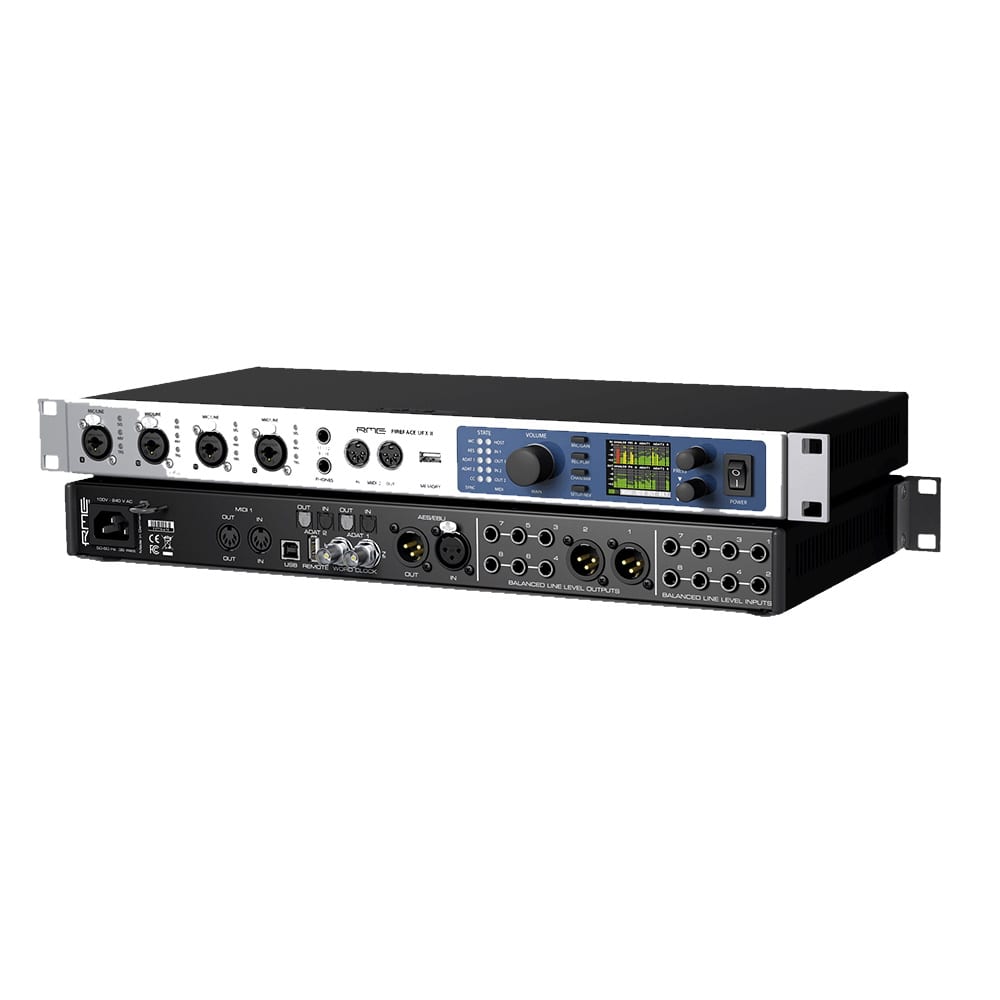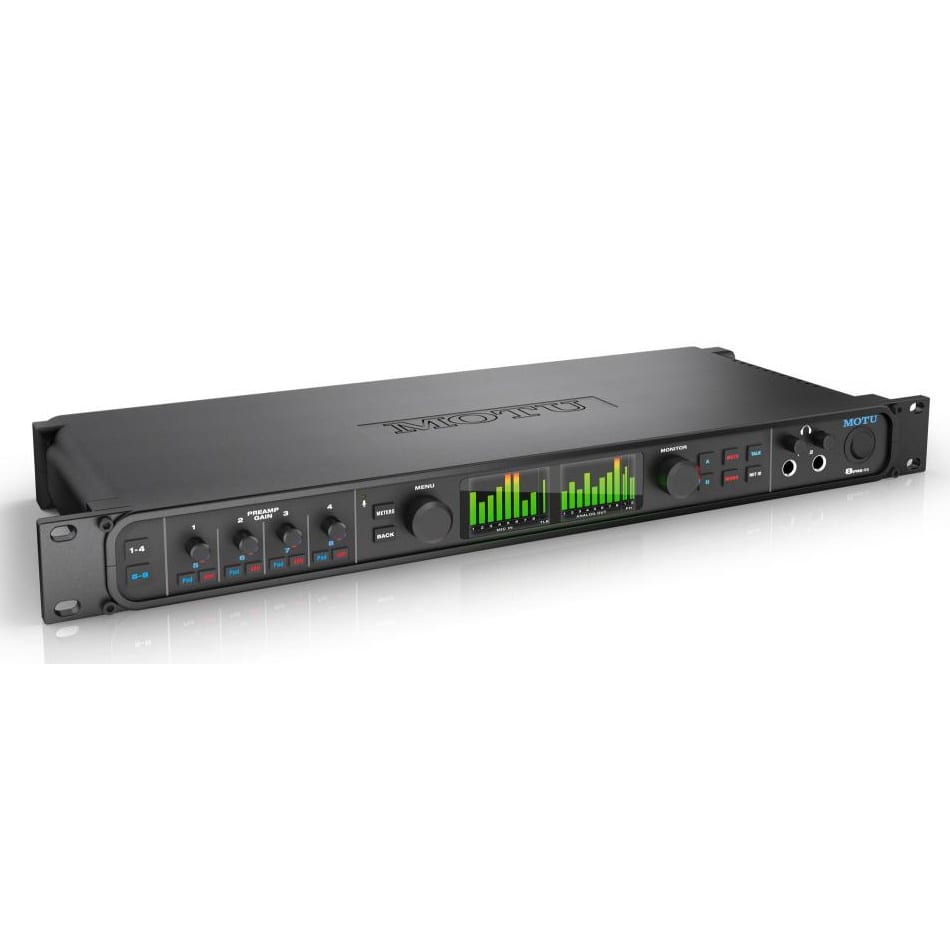Description
SPL PASSEQ
In the PASSEQ we have revived the concept of the passive equalizer that was used in the 50’s and 60’s. The charming sound of this vintage technology combined with the modern 120V technology results in a very special equalizer.
Only one filter
All control functions are part of only one passive filter.
There are three frequency ranges:
Low Freq / Mid Freq / High Freq
Each with a cut control on the left and a boost control on the right.
In the middle is the output control.
Design
A passive filter has no amplification stages. It can therefore only be lowered. If one frequency is to be boosted, all the others must be lowered. Behind the filter there is a stage that makes up for the lowered overall level. Since low noise is particularly important here, since up to 20 dB can be made up for, the 120V technology comes into its own.
The entire passive filter (variable resistor, capacitor and coil) provides a very nice sound characteristic. Besides the choice of components, the charging behaviour of the capacitors and the saturation behaviour of the coils play a major role in this. The resulting relative inertia compared to potentially very fast active filters is the reason for a pleasant, musically advantageous sound characteristic. We would choose smoothness and transparency as well as strikingly silky highs and pithy basses as a description that suits our perception.
During fine-tuning, through component selection, in countless listening sessions, the emphasis was on achieving the most musical sounding curves possible, which, for example, need fear no comparison with a Pultec EQ from the 1950/60s. Only without all the disadvantages of a 60 year old original, such as the very high background noise, but above all the very limited frequency selection.
Another highlight of the PASSEQ is the HF+ band, which has been extended by the frequencies 25 kHz and 35 kHz and sounds so incredibly good that you don’t want to switch it off.
The 120V technology
The 120V technology is our reference technology. The 120V technology is unique in the world. It operates at a DC voltage of 120 volts. This is four times that of IC-based semiconductor op-amps.
The highest possible audio quality requires the highest possible audio operating voltage.
The 120V technology works with +/-60 V. To be able to handle such a high voltage, we have developed special proprietary operational amplifiers that can operate with a DC voltage of +/-60 V: the SPL 120V SUPRA operational amplifiers.
This high voltage would destroy conventional components and operational amplifiers.
The 120V technology achieves exceptional technical specifications and sonic benefits. Technically, in terms of dynamic range, signal-to-noise ratio and headroom. Sonically, in terms of richness of detail and an absolutely relaxed listening experience.
By the way, the “120V” in the name of the technology has nothing to do with the local mains voltage from the mains power socket. This is about the operating voltage inside the device with which the audio signals are processed.
The mains voltage from the mains power socket is transformed to the required secondary voltage in the device’s internal linear power supply with toroidal transformer. Rectifiers convert this AC voltage into DC voltage required in the audio device.
The idea for SPL 120V technology and the SUPRA operational amplifier based on this technology were developed in the 1990s by SPL founder and chief developer Wolfgang Neumann.
With the goal of building the best mastering console ever, this basic technological philosophy then took shape for the first time – thus the SPL MMC1 Mastering Console for Galaxy Studios saw the light of day in 2000.
The outstanding sonic and technical features quickly got around in the scene – so further orders were not long in coming.
Besides the MMC 1, another legendary product with 120V technology was created with the PQ, the “King of Parametric Equalizers”.
Since that time, 120V technology has been the foundation for all SPL premium products. Meanwhile, not only for mastering applications, but also for the, studio or hifi use.
Comparison
Most audio devices work with an internal operating voltage of +/-15 volts and can thus process a maximum input level of +21.5 dBu. If a DAC, for example, has an output level of +22 dBu at 0 dBFS, level peaks of the music material would already cause overloads in the input stage of the device.
All components in the audio device often operate at their limits. The result is an unsteady sound that causes stress and faster ear fatigue.
SPL devices with 120V technology can handle input levels of +32.5 dBu thanks to the higher internal operating voltage of +/- 60 volts – thus offering 12 dB more headroom. All components consequently operate continuously in the optimum operating range. The result is a very pleasant, natural and relaxed sound experience. So you can enjoy your music in every detail.
These diagrams clearly show the superiority of the 120V technology in comparison to other circuits with lower, common operating voltages.
Specifications
Analog inputs & output; XLR (balanced)
Internal Linear Power Supply with Shielded Toroidal Transformer
Mains Power Supply
Dimensions & Weight
Reference: 0 dBu = 0,775V. All specifications are subject to change without notice.
